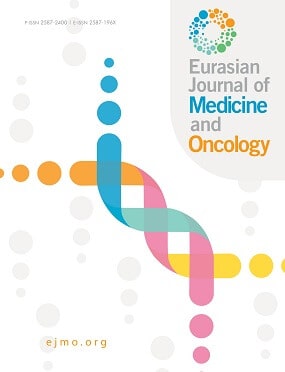

In-vitro and in-vivo determination of hydroxyl radical scavenging activity (hrsa) of fractions of aqueous extract of moringa oleifera leaves (aemol)
Ahmad Adekilekun Tijani1, Damilare Adedayo Adekomi2, Stephen Oderinde Adewole31Department of Anatomy, Faculty of Basic Medical Sciences, College of Medicine, Ekiti State University, Ado-Ekiti, Nigeria, 2Department of Anatomy, Faculty of Basic Medical Sciences, College of Health Sciences, Osun State University, Osogbo, Nigeria, 3Department of Anatomy and Cell Biology, Faculty of Basic Medical Sciences, College of Health Sciences, Obafemi, Awolowo University, Ile-Ife, Nigeria,
Objective: Humans are exposed to endogenous and exogenous sources of free radicals almost daily. Free radicals are harmful as they can impact several metabolic pathways in the cells. Oxidative species known for such harmful effects are reactive oxygen species, reactive nitrogen species, hydroxyl radical, and hydrogen peroxide. The presence of these free radicals in humans has been documented to lead to many pathological conditions, including lethality, mutagenesis, carcinogenesis, aging, and also degenerative diseases. Moringa oleifera Lam is the best known and most widely distributed species of the Moringaceae family, with an impressive range of medicinal uses with high nutritional value worldwide. The leaves of this plant are traditionally known for and reported to have various biological activities, including free radical scavenging effect. The aim of the present study was to determine the fraction of aqueous extract of Moringa oleifera leaves (AEMOL) with the most outstanding scavenging activity. Methods: In our study, the in vitro and in vivo hydroxyl radical scavenging activities of fractions (chloroform, ethyl acetate, and N-hexane) of AEMOL were investigated. Results: In vivo examination of ethyl acetate, chloroform, and N-hexane fractions of AEMOL showed that ethyl acetate exhibited outstanding scavenging effect that might be due to its ability to provide a particularly effective way of maximizing the bioavailability of the active phytochemical substances extracted from the plant, which is also in conformity with our in vitro findings. Conclusion: The mode of action appears to be that ethyl acetate acts to keep the active components in the solution after ingestion, thus facilitating their absorption into the bloodstream.
Cite This Article
Tijani A, Adekomi D, Adewole S. In-vitro and in-vivo determination of hydroxyl radical scavenging activity (hrsa) of fractions of aqueous extract of moringa oleifera leaves (aemol). EJMO. 2018; 2(4): 209-216
Corresponding Author: Ahmad Adekilekun Tijani



